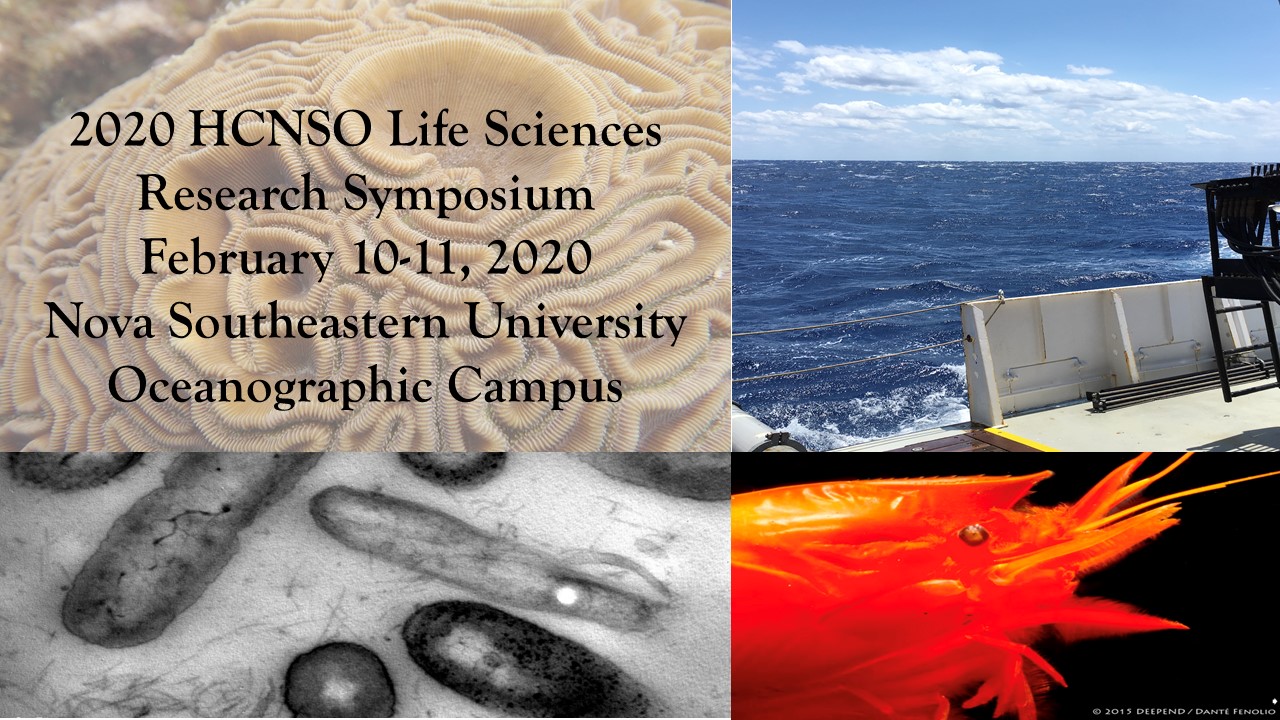Increasing the frequency of periodic spatial disturbance decreases exotoxin expression in Staphylococcus aureus
Location
HCNSO Guy Harvey Oceanographic Center Nova Southeastern University
Start
2-11-2020 9:15 AM
End
2-11-2020 9:30 AM
Type of Presentation
Oral Presentation
Abstract
Staphylococcus aureus is an opportunistic pathogen that can cause a variety of acute/chronic illnesses. It controls pathogenesis through quorum sensing, which regulates the production of two broad classes of virulence factors; surface attachment proteins and exotoxins. To perform quorum sensing, S. aureus secretes a diffusible autoinducer, AIP, that is shared amongst members of the population. As AIP diffuses away from the cell that produces it, the relative positioning of the AIP and bacteria determine the effective concentration that each bacterium senses. A previous study has suggested that periodically disturbing the spatial structure of a bacterial population participating in quorum sensing can decouple the positions of autoinducer, and bacteria, and thus affect quorum sensing. However, this finding has yet to be extended to S. aureus. Using a microplate reader assay that disturbs the structure of biofilms, and real time polymerase chain reaction (RT-PCR) analysis, we have observed that increasing the frequency of spatial disturbance decreases the expression of several exotoxin genes that rely on high concentrations of AIP for expression. This coincided with a decrease in the expression of master regulator of exotoxin gene expression. In contrast, the expression of several surface attachment proteins, which require low concentrations of AIP for expression, remained relatively unchanged. Our results highlight the importance of periodic spatial disturbance and its ability to affect quorum sensing regulated behaviors, and thus may represent a strategy to reduce pathogenesis and infection.
Increasing the frequency of periodic spatial disturbance decreases exotoxin expression in Staphylococcus aureus
HCNSO Guy Harvey Oceanographic Center Nova Southeastern University
Staphylococcus aureus is an opportunistic pathogen that can cause a variety of acute/chronic illnesses. It controls pathogenesis through quorum sensing, which regulates the production of two broad classes of virulence factors; surface attachment proteins and exotoxins. To perform quorum sensing, S. aureus secretes a diffusible autoinducer, AIP, that is shared amongst members of the population. As AIP diffuses away from the cell that produces it, the relative positioning of the AIP and bacteria determine the effective concentration that each bacterium senses. A previous study has suggested that periodically disturbing the spatial structure of a bacterial population participating in quorum sensing can decouple the positions of autoinducer, and bacteria, and thus affect quorum sensing. However, this finding has yet to be extended to S. aureus. Using a microplate reader assay that disturbs the structure of biofilms, and real time polymerase chain reaction (RT-PCR) analysis, we have observed that increasing the frequency of spatial disturbance decreases the expression of several exotoxin genes that rely on high concentrations of AIP for expression. This coincided with a decrease in the expression of master regulator of exotoxin gene expression. In contrast, the expression of several surface attachment proteins, which require low concentrations of AIP for expression, remained relatively unchanged. Our results highlight the importance of periodic spatial disturbance and its ability to affect quorum sensing regulated behaviors, and thus may represent a strategy to reduce pathogenesis and infection.


